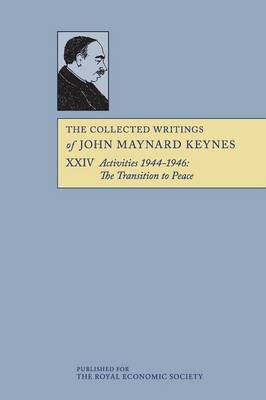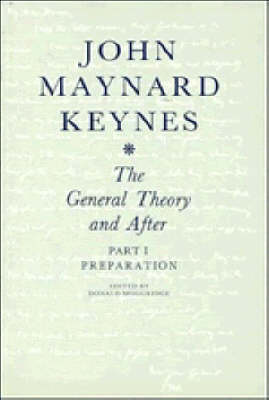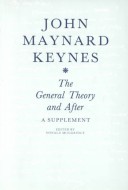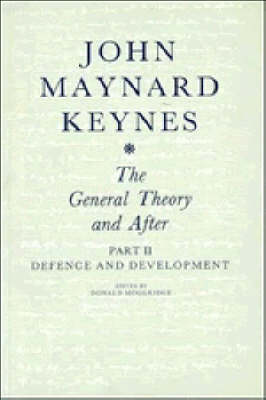The Collected Writings of John Maynard Keynes
1 primary work • 38 total works
Volume 24
Volume 13, The General Theory and After: Part I. Preparation
by John Maynard Keynes
Volume 29, The General Theory and After: A Supplement
by John Maynard Keynes
The Collected Writings of John Maynard Keynes 30 Volume Paperback Set
by John Maynard Keynes
Volume 14, The General Theory and After: Part II. Defence and Development
by John Maynard Keynes
The Collected Writings of John Maynard Keynes South Asian Edition: Volume 9, Essays in Persuasion
by John Maynard Keynes
The Collected Writings of John Maynard Keynes South Asian Edition: Volume 10, Essays in Biography
by John Maynard Keynes




